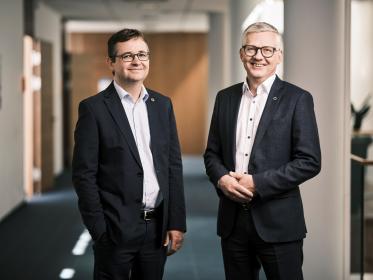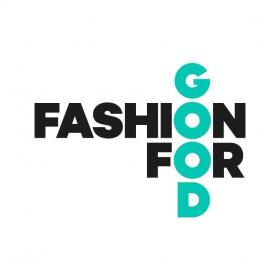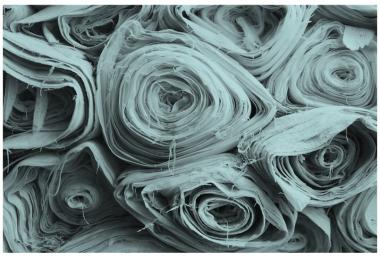EREMA Group recognizes great potential for plastics recycling
The EREMA Group, based in Ansfelden near Linz, Austria, closes the financial year 2023/24 with total revenues of EUR 380 million. A joint venture with the Lindner Group sees the group of companies expand its portfolio to include washing technology. EREMA Group GmbH now has eight subsidiaries: EREMA, PURE LOOP, PLASMAC, KEYCYCLE, Lindner Washtech, UMAC, plasticpreneur and 3S.
"With our machines and components, we have now reached a recycling volume of more than 25 million tonnes per year worldwide, which makes a significant contribution to the development of a circular economy for plastics," says Manfred Hackl, CEO of the EREMA Group. The group of companies manufactured 290 extruders for recycling plastic in the past financial year, supplemented by over 100 add-on components such as filter systems and ReFresher anti-odour technology. These recycling solutions generated total sales of EUR 380 million. Around 8,500 machines and components from the group are in operation in more than 100 countries. The EREMA Group employs 950 people worldwide.
Strategic investments in all areas of the plastics recycling industry
In recent years, the EREMA Group has invested in developing specific machines, applications and infrastructure. "The opening of the new R&D Centre in Ansfelden last summer and the new machines in the Customer Technology Center at EREMA North America at the beginning of this year, have seen us complete the largest phase of investment in our history to date. We have invested more than EUR 110 million in the expansion and modernization of our international locations over the past five years," emphasizes Horst Wolfsgruber, CFO of the EREMA Group. Another important milestone is the founding in August 2023 of the holding company BLUEONE Solutions together with the Austrian family-owned company Lindner. Incorporating Lindner Washtech means that the EREMA Group's extensive portfolio now also includes washing technology.
Developments in post consumer and PET recycling
The new DuaFil® Compact technology, which EREMA developed specifically for challenging applications with high levels of contamination and moisture, is proving successful. Since the launch at K 2022, around 20 INTAREMA® TVEplus® DuaFil® Compact systems have been sold. In the post consumer segment, ReFresher technology for the production of odour-optimised recycled pellets is also gaining ground and is now in use worldwide with a total capacity of one million tonnes per year for film and regrind applications. Another interesting new component is the DischargePro control system for the EREMA laser filter, which has been nominated for this year's Plastics Recycling Awards Europe. The discharge control system responds automatically to fluctuations in flow rate during the recycling process and reduces melt loss by up to 50 percent. With its new Fast-Track scheme, EREMA is responding to the demand for machines available at short notice at an attractive price-performance ratio.
For bottle applications, VACUREMA® systems have been proving their performance for 25 years. Over 400 EREMA PET systems for food grade are in operation worldwide, notching up a total capacity of more than 4.5 million tonnes per year. PET recycling is also becoming increasingly important in the textile industry. FibrePro:IV technology was developed especially for fibre-to-fibre recycling, which is used together with machine combinations from EREMA or PURE LOOP, who specialise in shredder-extruder technology, depending on the geometry and contamination of the PET fibre waste. For these applications, the EREMA Group has set up a fibre technical centre at its headquarters in Ansfelden.
Big potential for plastics recycling
The amount of plastic produced worldwide is currently around 400 million tonnes per year - and the figure is still rising. Around 9 percent of it is recycled globally. This represents big potential for the EREMA Group, as Manfred Hackl emphasizes.
EREMA Group GmbH












